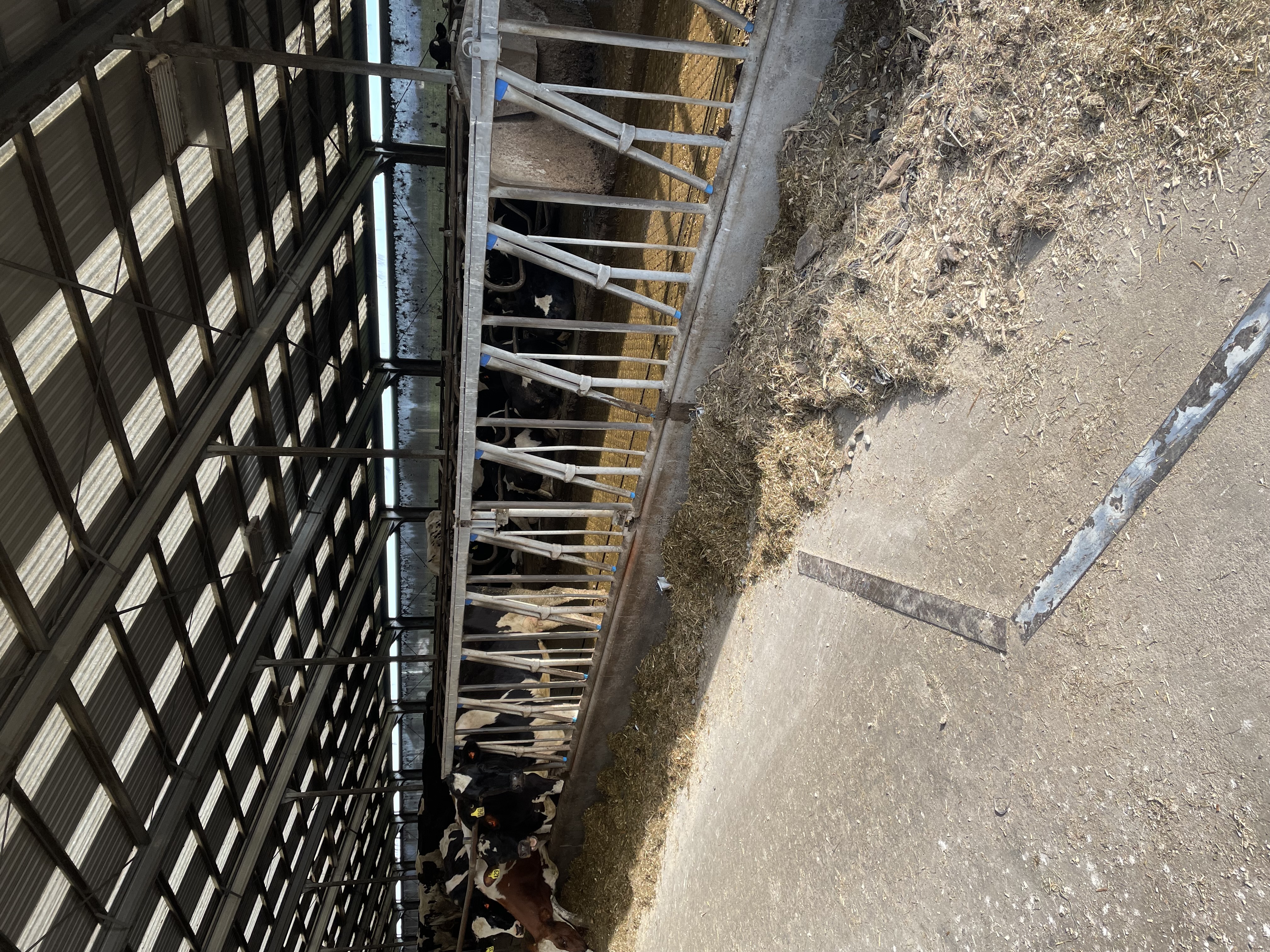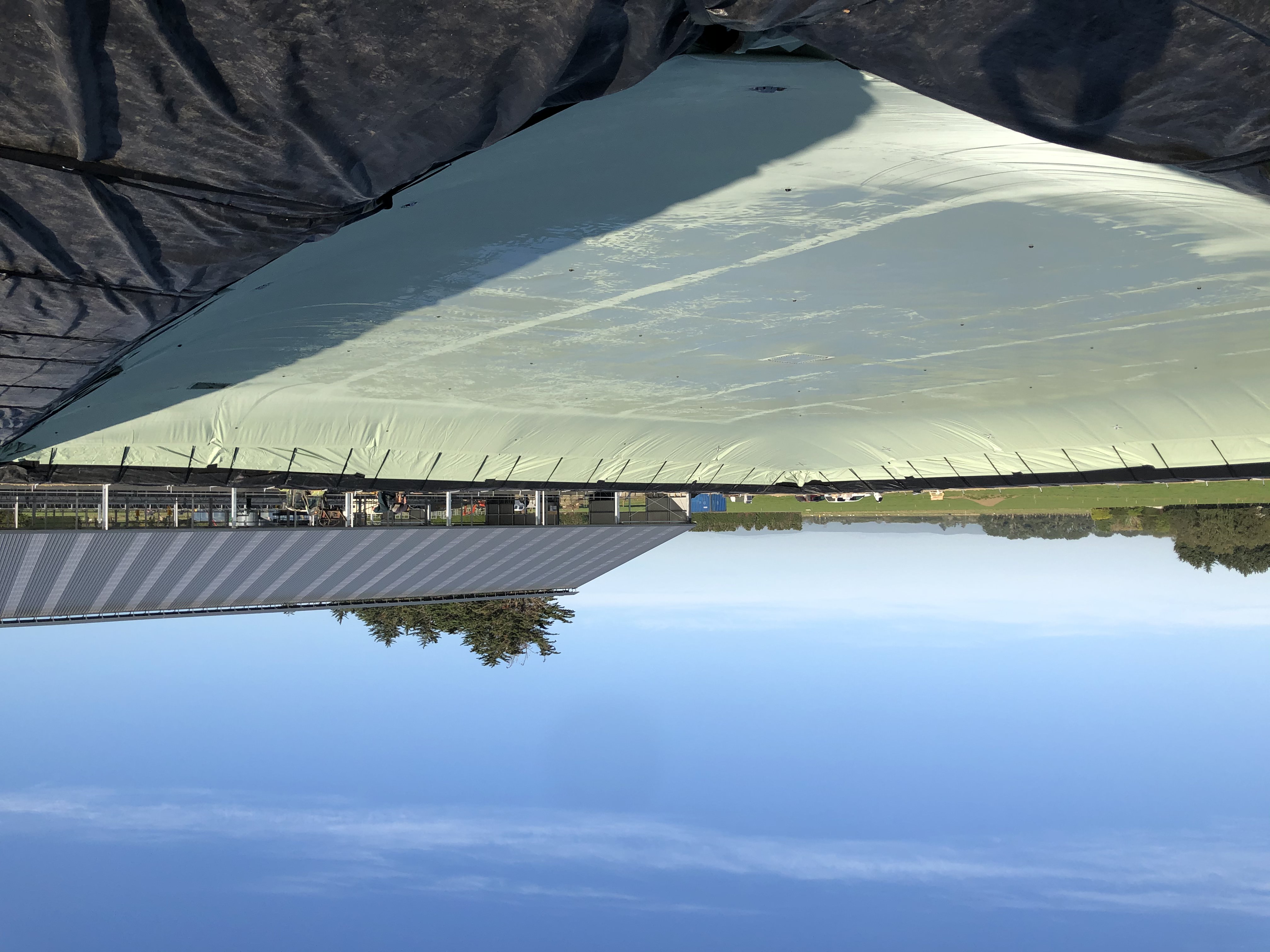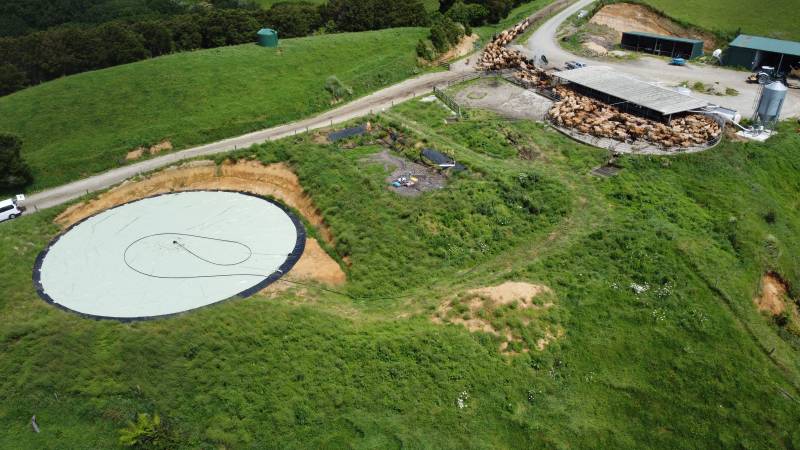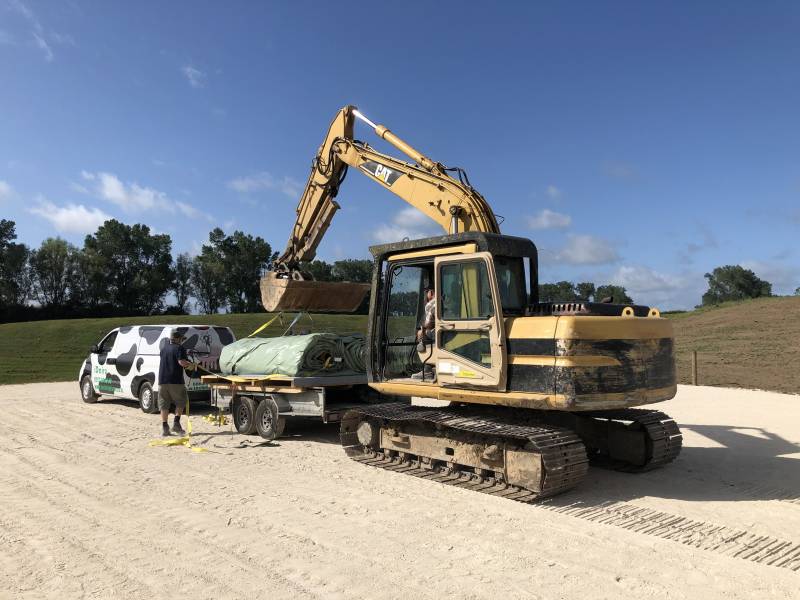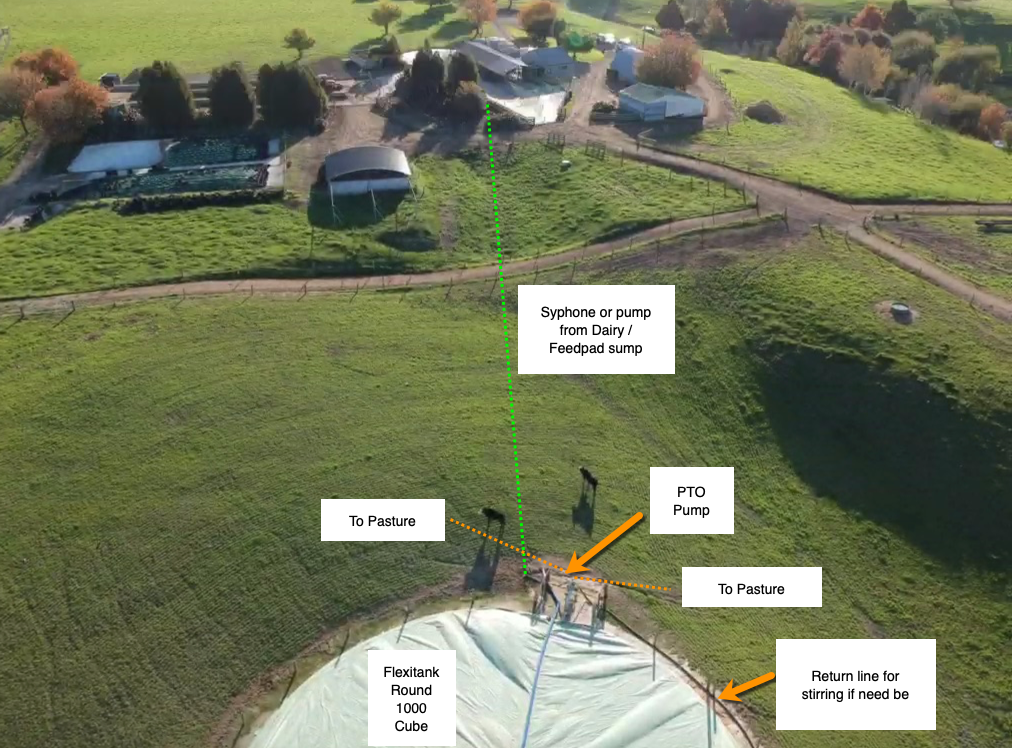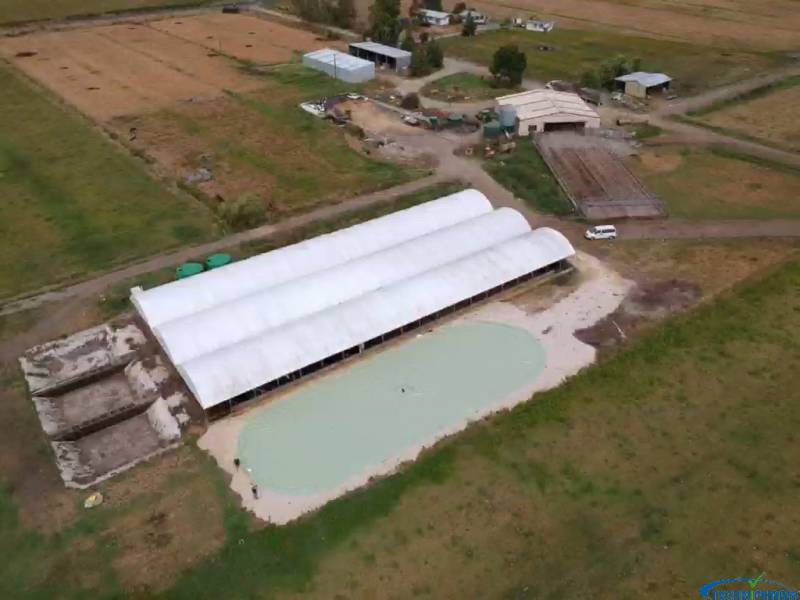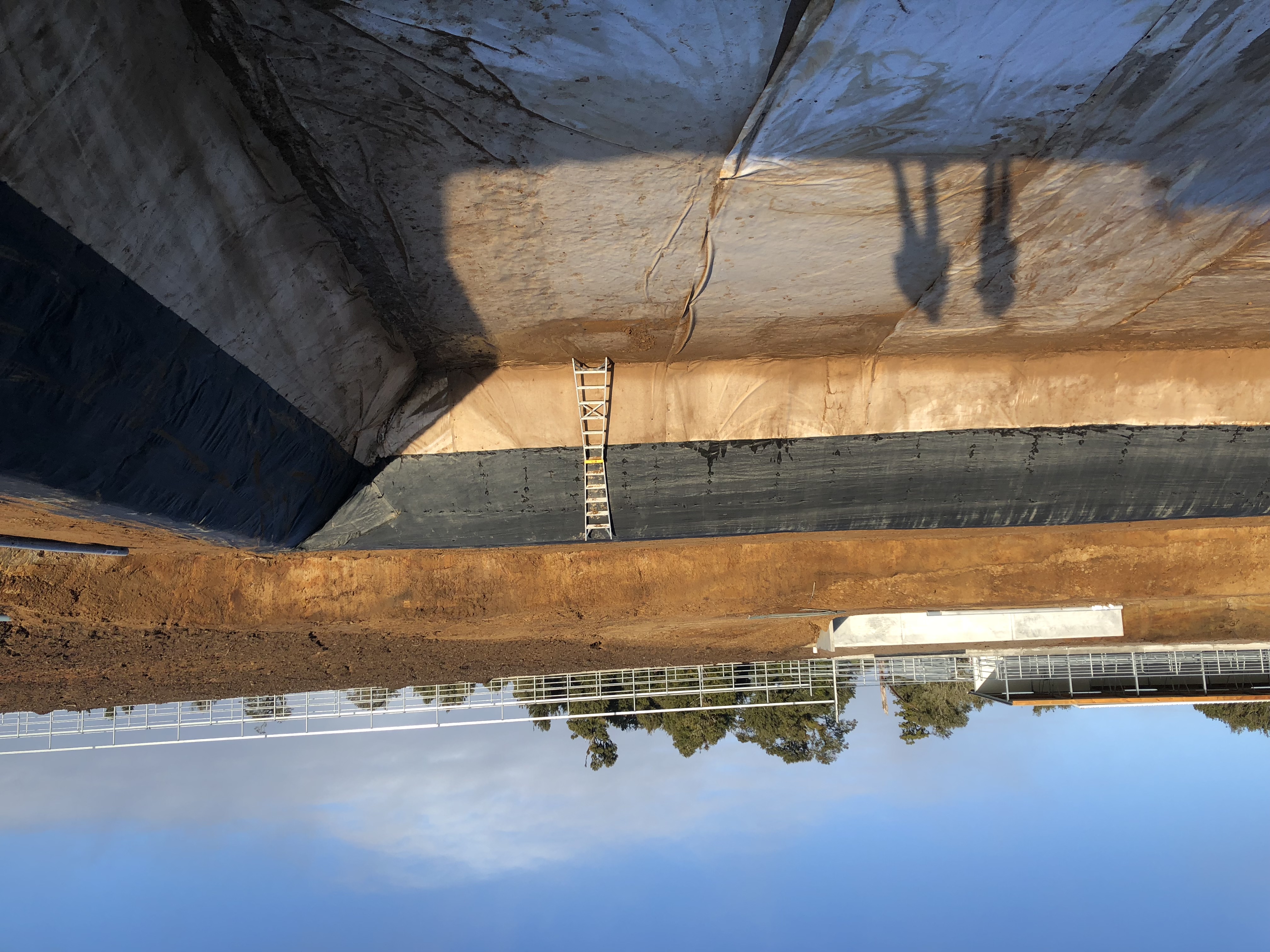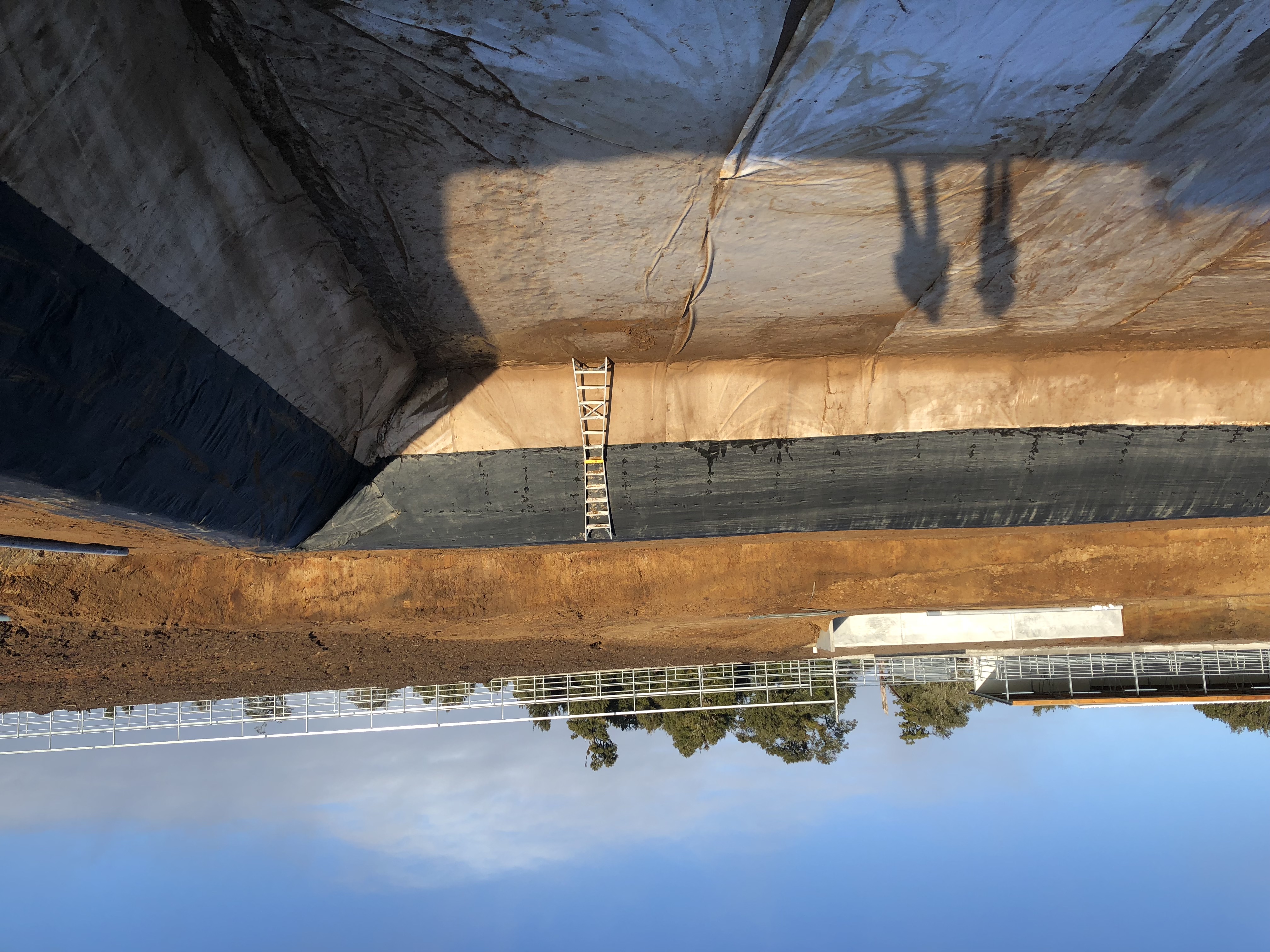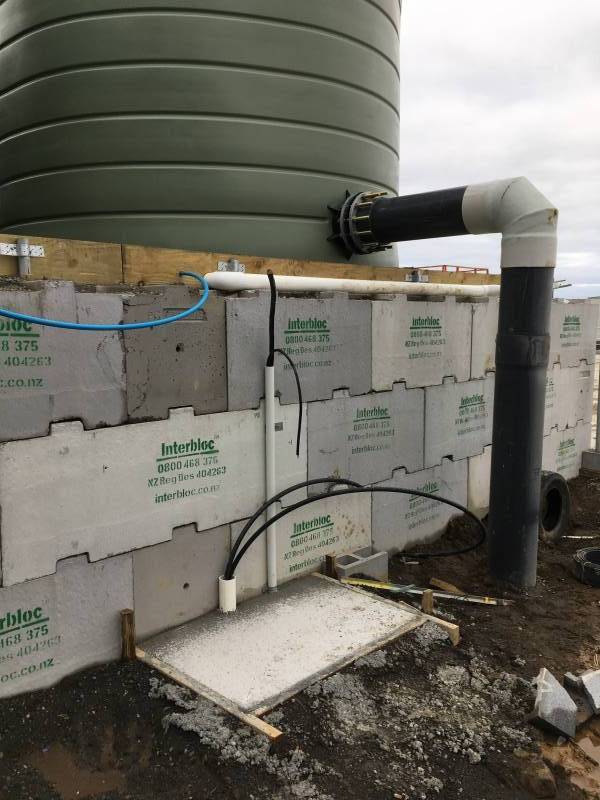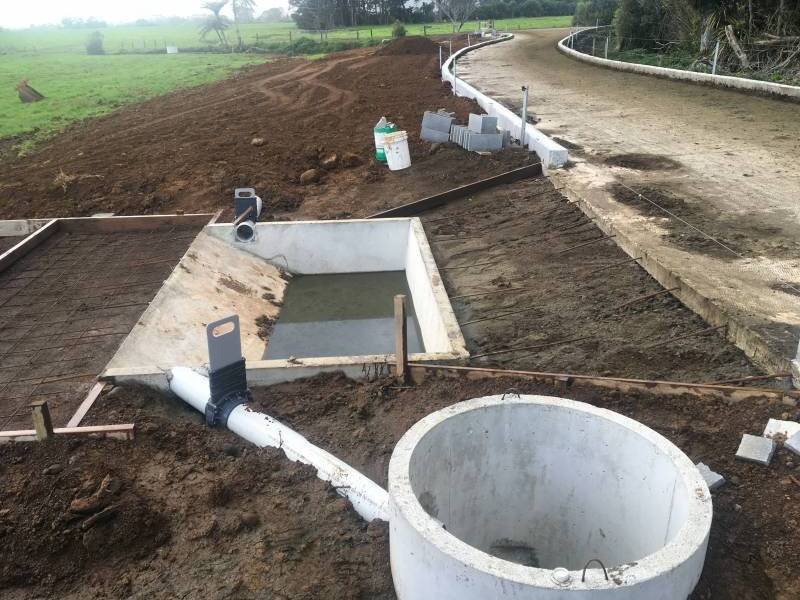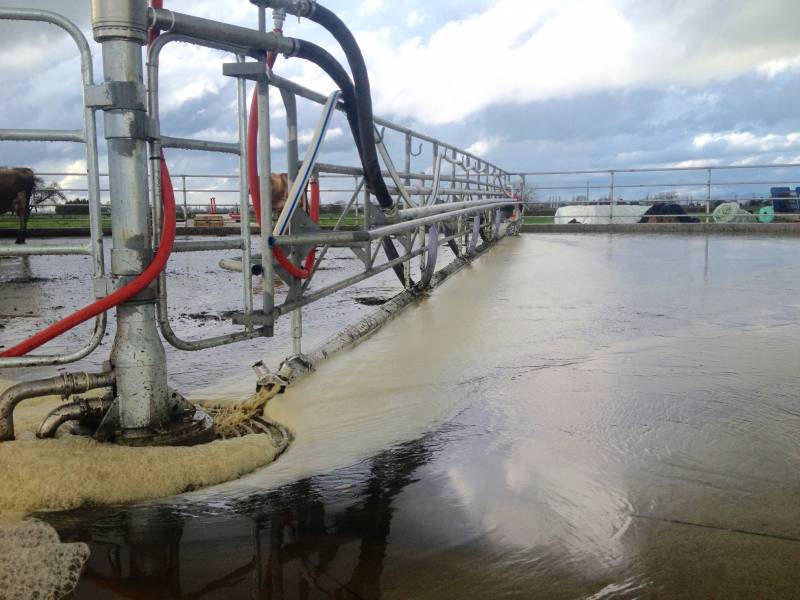Home
Products
Product Search
iBeef® Farm All Products
Cattle Handling
Cattle Yards: Smart-Yards™
iDairy® Farm All Products
Environmental
Dairy Handling and Hoofcare
Smart-Yards™ Dairy
Dairy Housing
iSheep® Farm All Products
Perma Yards
Smart Yards™
PrestoShed®
Other Farming
Replacement Parts
Online Specials
Ex-Trade and Sale On Behalf
Price Book
Brand Promise
eLeasing Calculator
iBeef® Farm All Products
Cattle Handling
Cattle Yards: Smart-Yards™
iDairy® Farm All Products
Environmental
Dairy Handling and Hoofcare
Smart-Yards™ Dairy
Dairy Housing
iSheep® Farm All Products
Perma Yards
Smart Yards™
PrestoShed®
Other Farming
Replacement Parts
Online Specials
Ex-Trade and Sale On Behalf
Price Book
Brand Promise
eLeasing Calculator










